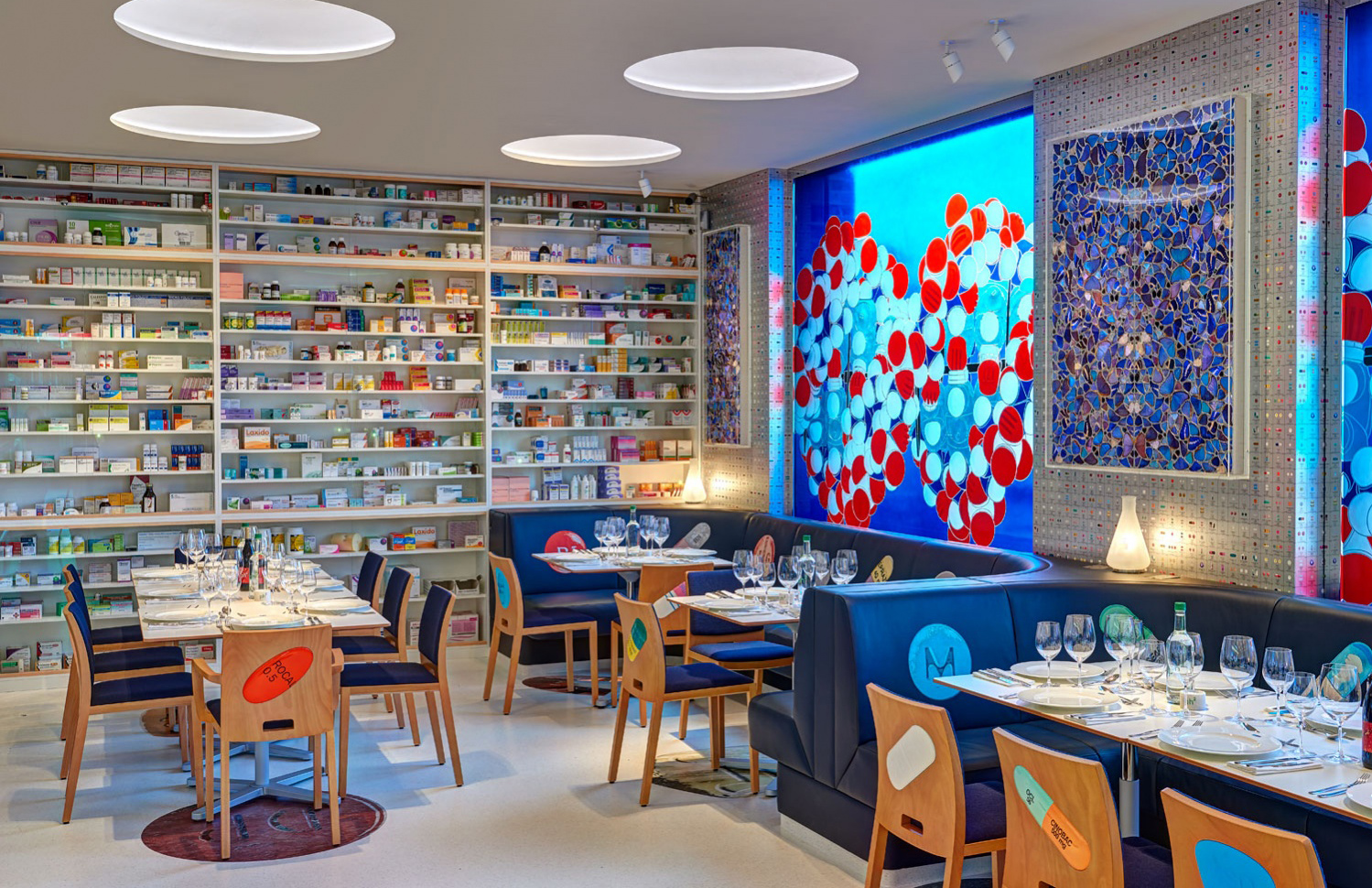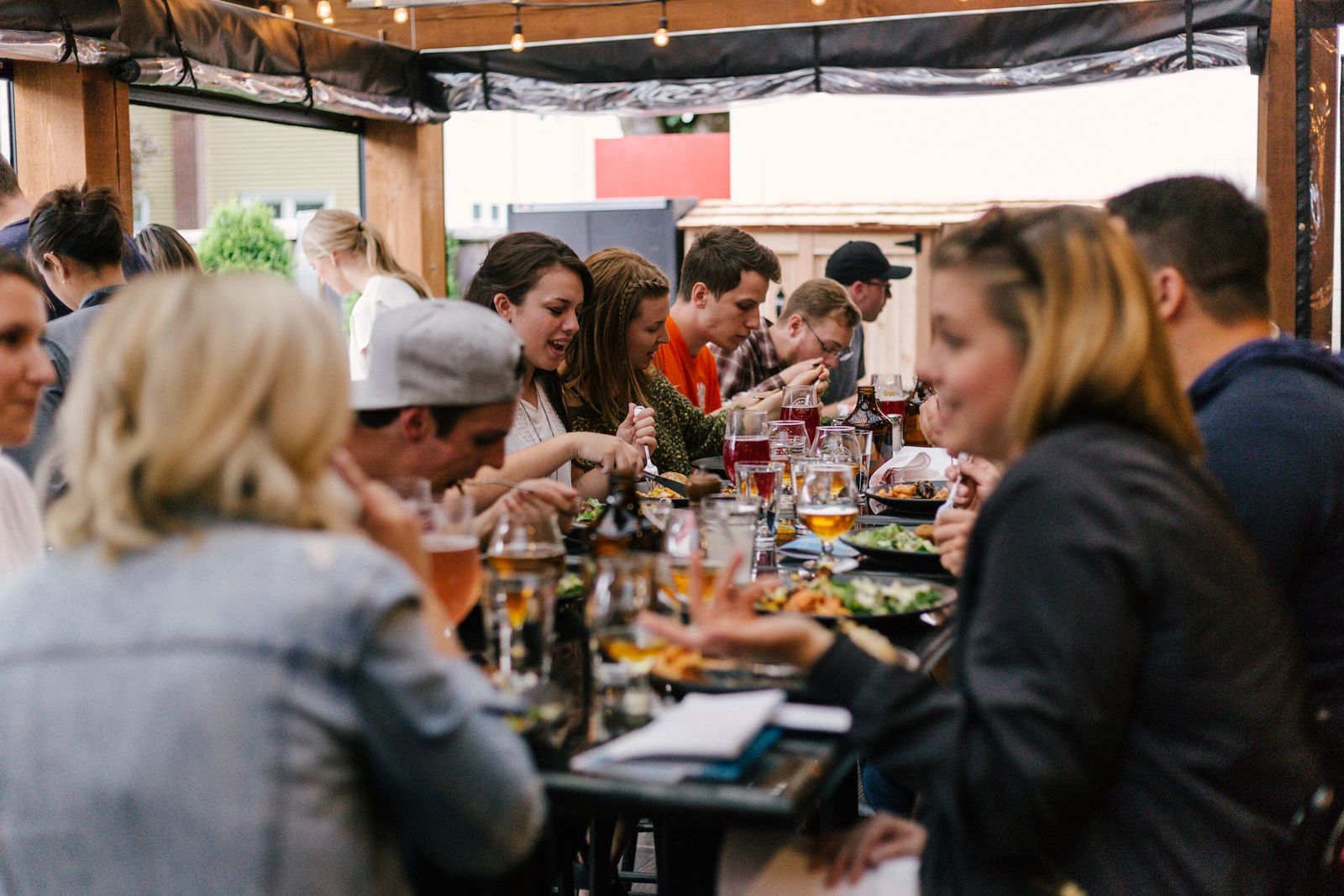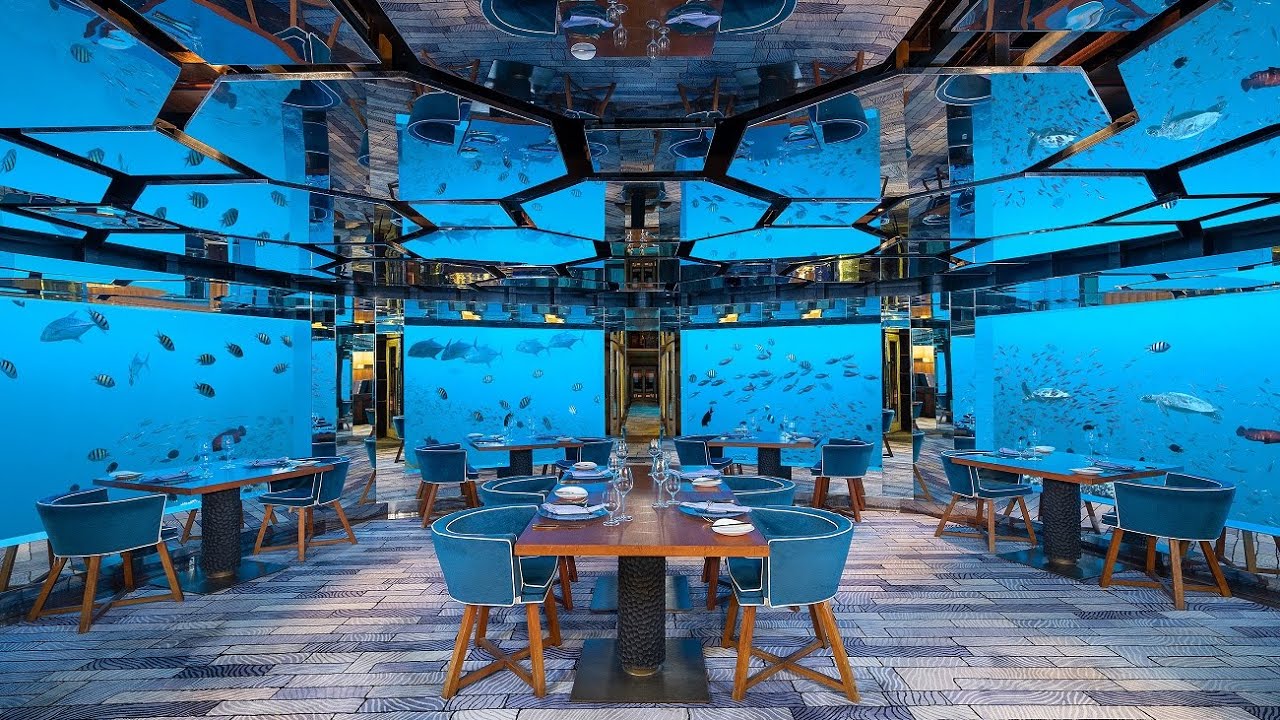Presentation is equally as essential as taste in the culinary arts. By turning a simple meal into a visual beauty, the art of food plating has emerged as a crucial component in improving the dining experience. In order to create an immersive experience that appeals to all senses and makes every dish as visually appealing as it is palatable, restaurants employ plating techniques.
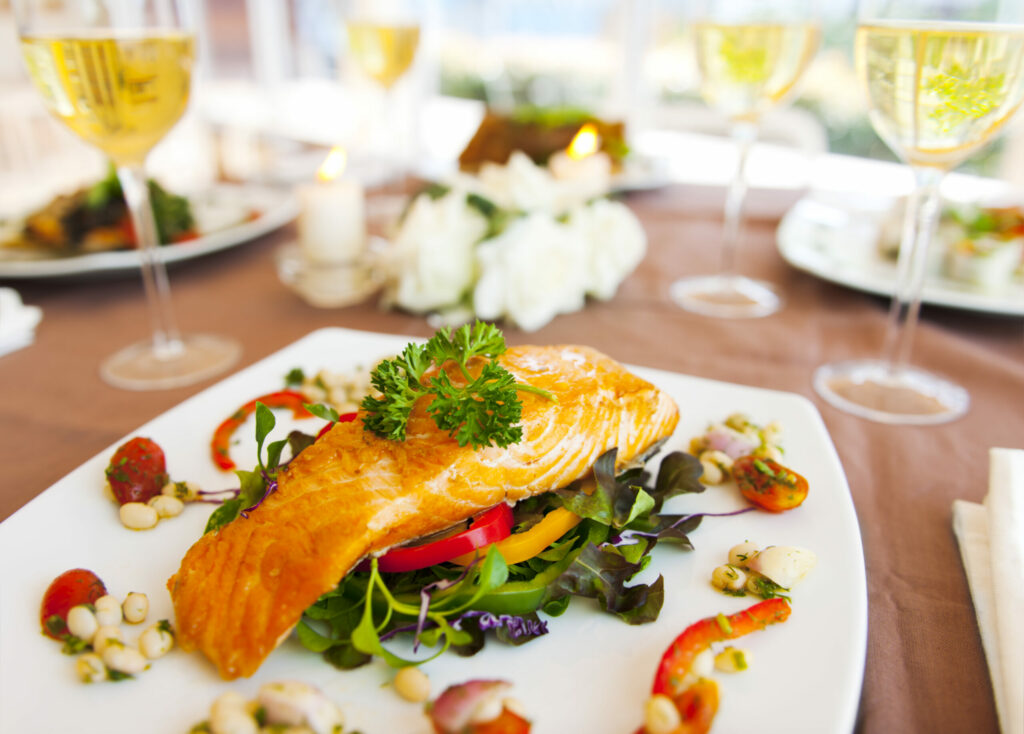
The Role of Food Presentation
There is more to food presentation than merely having a plate look good. It serves to establish the mood of the meal and convey a story. In order to achieve a balance that represents the flavor profile and concept of the dish, chefs carefully examine colors, textures, and shapes. In addition to pleasing the eye, a well presented dish creates anticipation for the flavors that will follow.
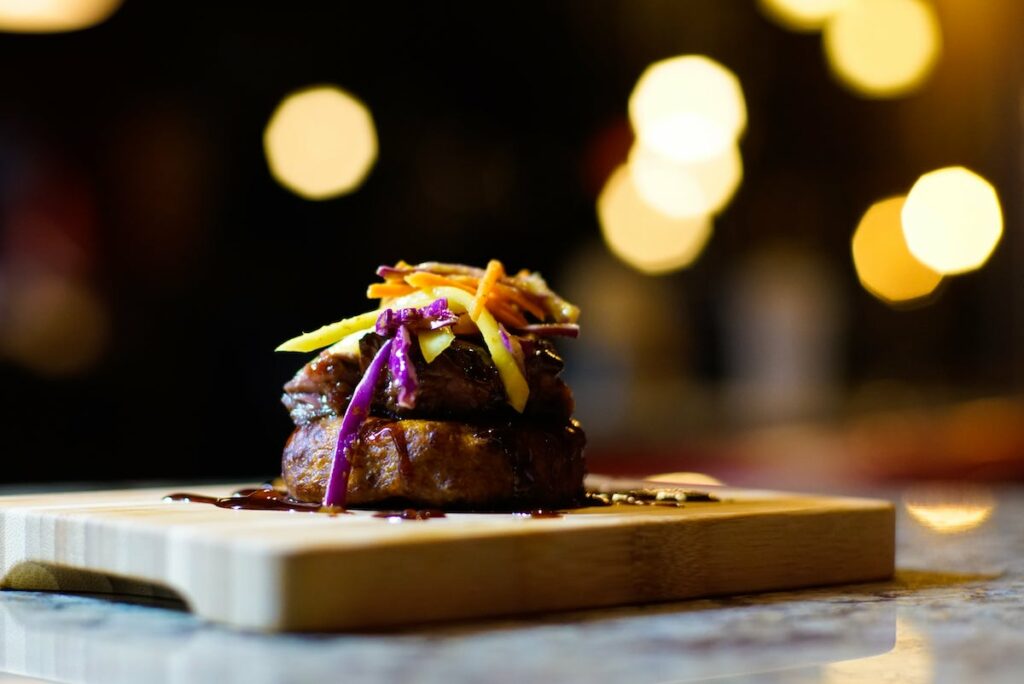
Key Plating Techniques
The art of plating employs a variety of methods to improve taste and appearance. One of the most crucial components is the contrast of colors. In order to produce a dramatic visual contrast, bright greens, vivid reds, and rich yellows are frequently positioned carefully against neutral tones. Another method is height, which involves stacking or arranging items vertically to create a dynamic impression on the dish. This makes the food seem more significant and adds a surprise factor.
In plating, balance and symmetry are crucial. To ensure that no piece overpowers another, chefs frequently employ the rule of thirds to create aesthetically beautiful layouts. The final touches that complete the visual appeal are garnishes like edible flowers, microgreens, or sauces, which are utilized for both decoration and flavor.
The Impact on Dining
Food presentation plays a significant role in the overall dining experience. It sparks curiosity, stimulates the appetite, and elevates the perceived value of the meal. For many restaurants, creating a visually stunning dish is part of their signature style, making each meal an art form that guests can savor with all their senses.

